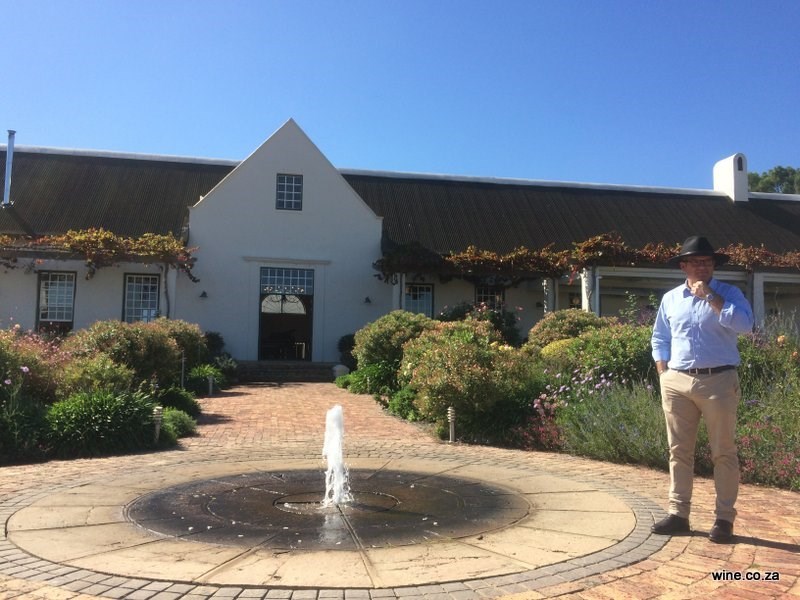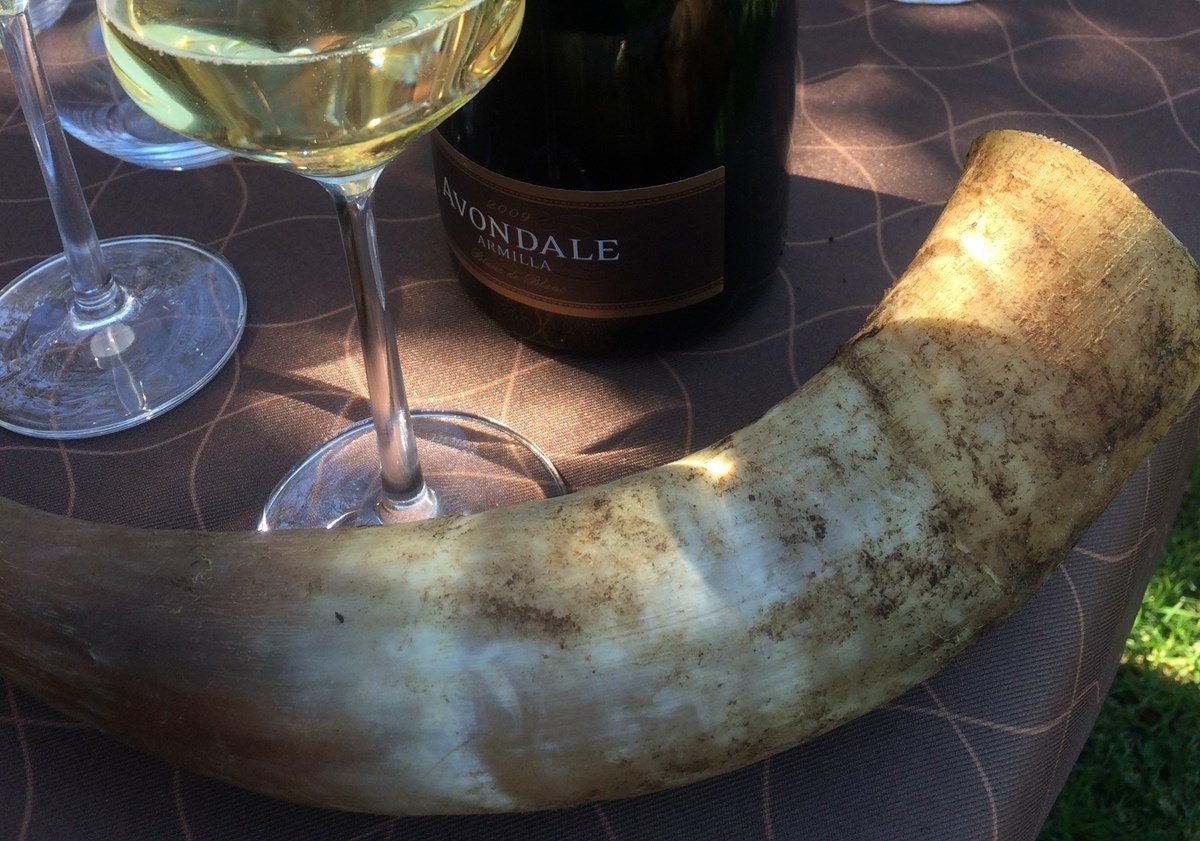Many years ago I visited Johan Reyneke at Reyneke Winery, and he took me through the vineyard and chatted about the energised soils on the farm. He stuck his hands into the soil to show me how alive the soil is. His journey into the world of organic wine growing and making has been really tough but incredibly rewarding and recently Reyneke bought the Beau Joubert farm just nearby, to expand production, so clearly it is working and I take my hat off to him!
I have tried my hand at gardening with companion planting, looking at the cycles of the moon and being organic with my approach. The trouble is, when I turned my back for a week, the plants decided they were neglected and lacked whatever, wilted and died. Gardening and farming requires constant attention and I have immense respect particularly for those farmers who take the time to work with the cycles of nature. Their enlivening of the soil through organic and dedicated biodynamic farming methods is both admirable and necessary, as this world of over-processed, chemically enhanced and refined foods, is creating such a toxic environment.
Johnathan Grieve's family bought Avondale in 1996, and they have slowly but surely turned their farm into a thriving, healthy and vital environment. They use no chemicals, and base their farming life on the scientist Rudolf Steiner's Biodynamic approach as does Reyneke.

Johnathan took us through the process of energising the soil by using Biodynamic preparations, known as BD500, aka Horn Manure. This creates a stable humus in their soils and acts as a powerful activator, bringing the energies to the soil, stimulating the calcium and nitrogen relationships to foster abundant, balanced life in the soil. By contrast, BD501, also known as Horn Silica, is outwardly and productively focused, drawing in light and atmospheric energies to stimulate green growth, fertility, flowering and fruiting.
In 1924, the philosopher and originator of Biodynamic agriculture and Waldorf schooling, Rudolph Steiner presented a series of eight lectures in response to rising concerns about soil degradation and the impact of chemical fertilisers amongst German farmers. These lectures were translated into English and published in 1928 as The Agriculture Course (A lot of Steiner’s views on Biodynamics were deeply influenced by Johann Wolfgang von Goethe). Steiner’s view was that farmers needed to focus on the cosmic energies and the relationships they had with agriculture. He presented nine preparations that needed to be made and used by farmers in very specific ways in order to protect and enhance soil fertility, as well as to ensure healthy plant growth and animal development.
I won't go into all of the preparations, but Johnathan showed us how they make the Horn Manure Preparation (BD500) by filling Cow horns with lactating cow’s manure, then burying them in a hole in the ground in autumn and left there to harness the energies through winter, and then lifted when ready in spring.
The Horn Manure specifically helps to build the soils and the capability to create humus, thereby supporting a healthy thriving ecosystem. Only miniscule amounts are applied to the soil, in the same way that homeopathic remedies are utilized. The preparation is dynamized and applied in the late afternoons/early evenings directly to the soil. Here’s a link to Johnathan’s blog to see how to make Horn Manure Preparation.

The cow horn
When we visited, the vineyards were a hive of activity as they were busy planting their 11 different cover crops, which are planted inbetween the vineyards, creating a rainbow nation in the soil. They always plant legumes for nitrogen as well as lupins, beans, cereals, radishes, turnip and swiss chard. Some of these are used in the restaurant and some are just left to feed the soil, breaking the monoculture and feeding the vines with micronutrients, thus the soil becoming a home of micro life.
Johnathan also took us through a tasting in the underground cellar - of a flight of all the individual five 2016 Syrah blocks, which form part of the final Samsara Syrah. On Avondale there are 13 different soil types which make up the Syrah, from Tukulu, Swartland Shale to Vilafonte and ranging from loam to 75% rock, each bringing its own characteristic to the wine. Each block is handled separately; from growing the grapes, harvesting, fermenting and aging, in order to harness the unique character of each soil. We then followed this by the tasting of the 2006, 2007 and lastly newly released 2009 Samsara Syrah.
When asking Johnathan what his biggest challenge is - he answered 'People, the challenge is to get them to understand the whole picture and it takes time to impart the full knowledge of what they are doing and the impact it has on the vineyards'
'